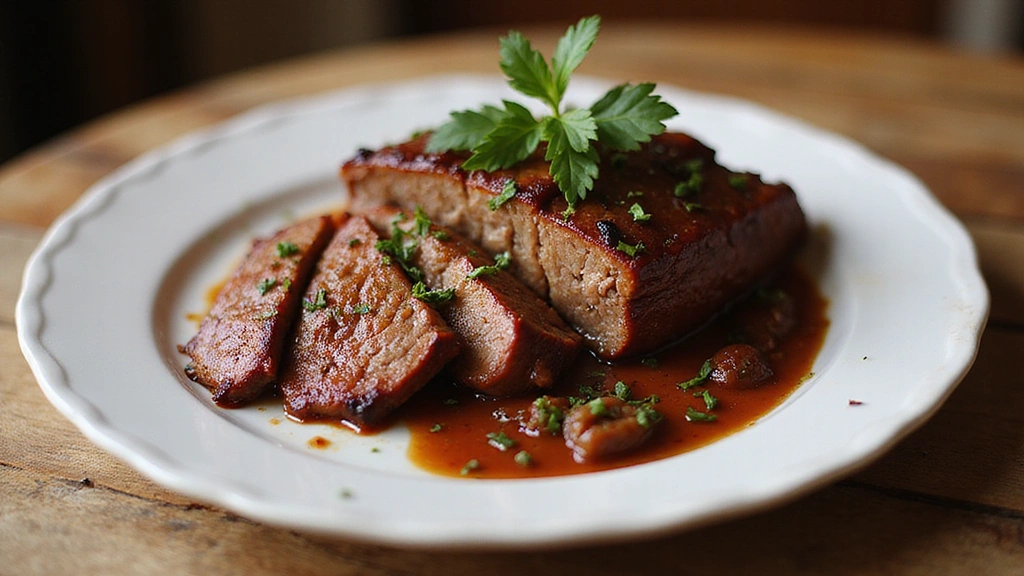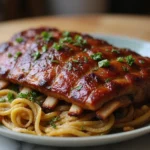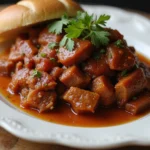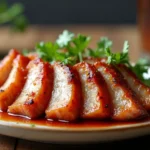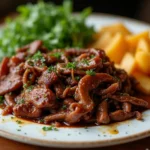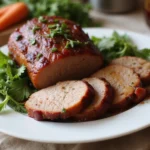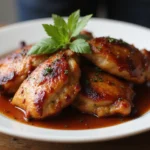This Slow Cooker BBQ Brisket recipe brings a touch of Southern comfort food right to your kitchen.
The tender and smoky flavors meld beautifully, creating an irresistible dish that melts in your mouth.
I first encountered this recipe at a family barbecue, where the brisket was the star of the show, drawing everyone back for seconds.
Perfect for gatherings or cozy family dinners, this dish is simple to prepare yet delivers unforgettable results.
The History and Cultural Significance
• Slow Cooker BBQ Brisket Recipe That’s Tender And Smoky traces its origins to the Southern United States, where it was originally created by pitmasters using traditional smoking techniques.
• The dish evolved over decades as home cooks began to experiment with slow cooking, eventually becoming the beloved version we know today.
• In Southern culture, this dish traditionally appears at family reunions and barbecues, symbolizing hospitality and togetherness.
• While many variations exist across different regions, the authentic version maintains the characteristic of low and slow cooking that sets it apart from imitations.
Recipe Overview
Nutritional Information (per serving)
Ingredients
Essential Equipment Guide
Slow Cooker: A reliable slow cooker is crucial for this recipe, as it ensures even cooking and allows the brisket to become tender over several hours. Look for one with a programmable timer for convenience.
Meat Thermometer: An accurate meat thermometer is essential for checking the brisket’s internal temperature, ensuring it reaches the perfect doneness without overcooking. Consider digital options for quick readings.
Cutting Board: A sturdy cutting board is important for slicing the brisket post-cooking. Choose one with a juice groove to catch any flavorful juices that may escape.
Preparation Methods
Browning the Brisket: This technique involves searing the brisket in a hot skillet before placing it in the slow cooker. Browning adds depth of flavor through the Maillard reaction, enhancing the overall taste of the dish. Make sure to get a good crust without burning it.
Layering the Rub: Applying the rub evenly over the brisket ensures that every bite is packed with flavor. Massage the rub into the meat, covering all surfaces thoroughly. Let it rest for at least an hour or refrigerate overnight for deeper flavor infusion.
Deglazing the Pan: After browning the brisket, deglaze the skillet with a bit of beef broth or water. This process lifts the flavorful browned bits from the pan, which can then be added to the slow cooker for a richer sauce. Scrape the bottom of the pan well to capture all the flavor.
Step 1: Prepare the Brisket
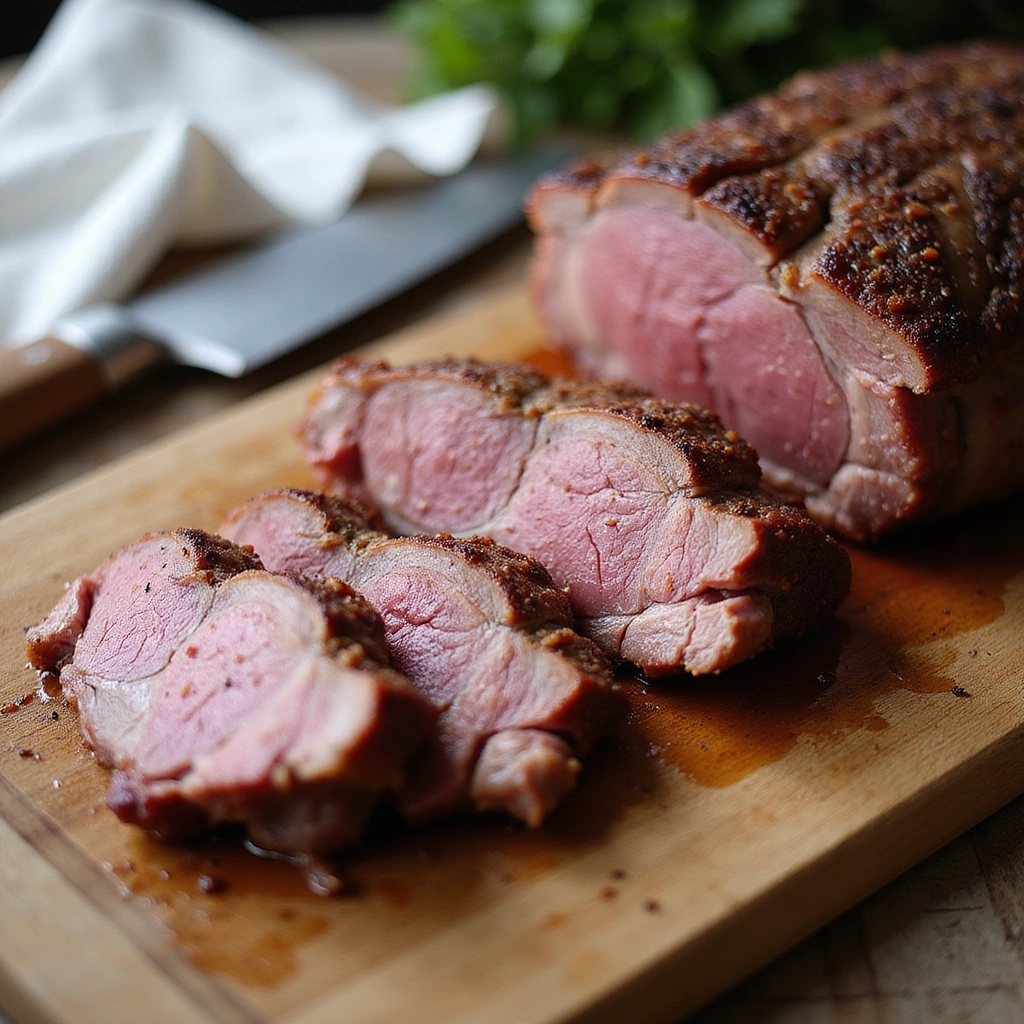
Start by trimming excess fat from the brisket to ensure a balanced flavor.
Next, pat the brisket dry with paper towels to help the rub adhere better.
Look for a brisket that has a good amount of marbling, as this will enhance tenderness.
Finally, place the brisket on a cutting board, ready for seasoning.
Step 2: Make the Rub

In a small bowl, combine the brown sugar, smoked paprika, garlic powder, onion powder, salt, and black pepper.
Mix thoroughly to ensure an even distribution of spices.
You want a well-blended rub that will provide a consistent flavor throughout the brisket.
Set the rub aside while you prepare the meat.
Step 3: Apply the Rub
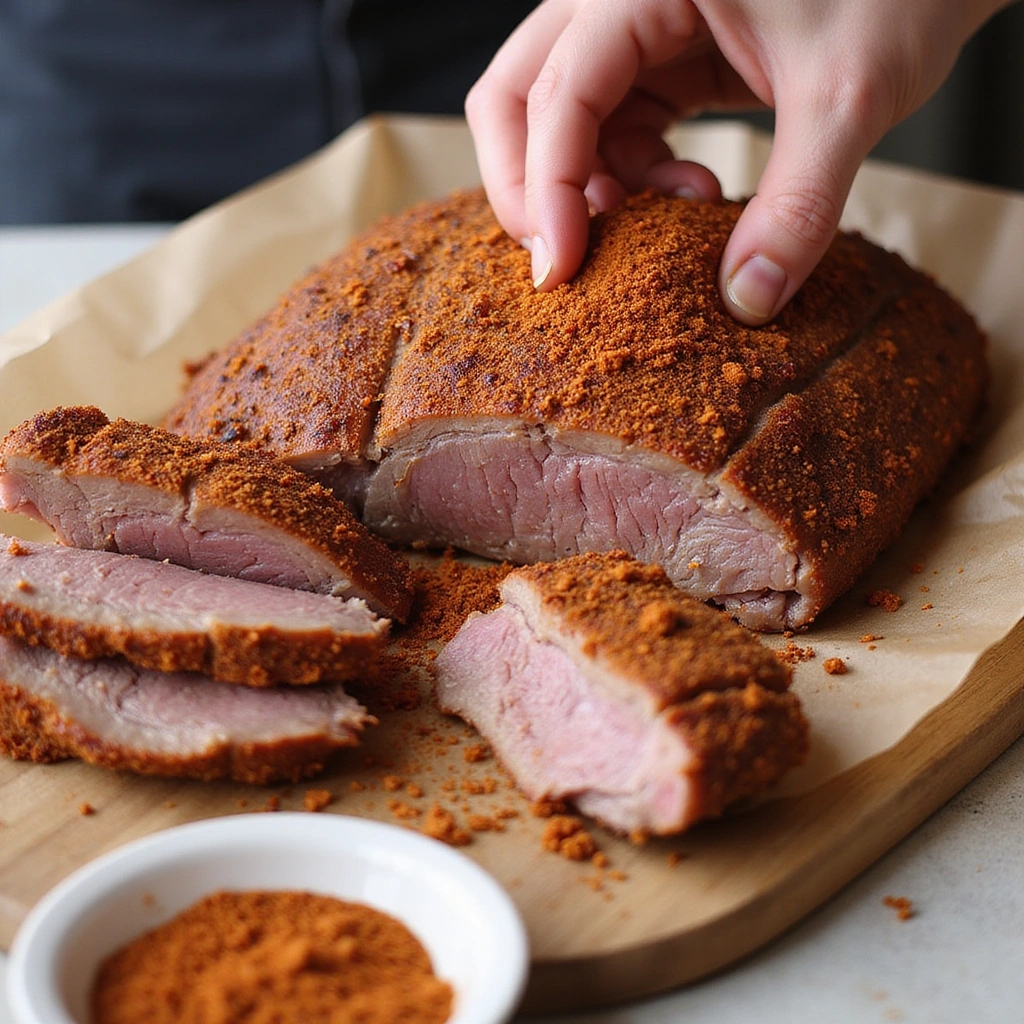
Generously coat the brisket with the spice rub, pressing it into the meat’s surface.
Make sure to cover all sides of the brisket for maximum flavor.
After applying the rub, let the brisket sit for at least 30 minutes to allow the flavors to penetrate.
If time permits, refrigerate it overnight for even better results.
Step 4: Brown the Brisket
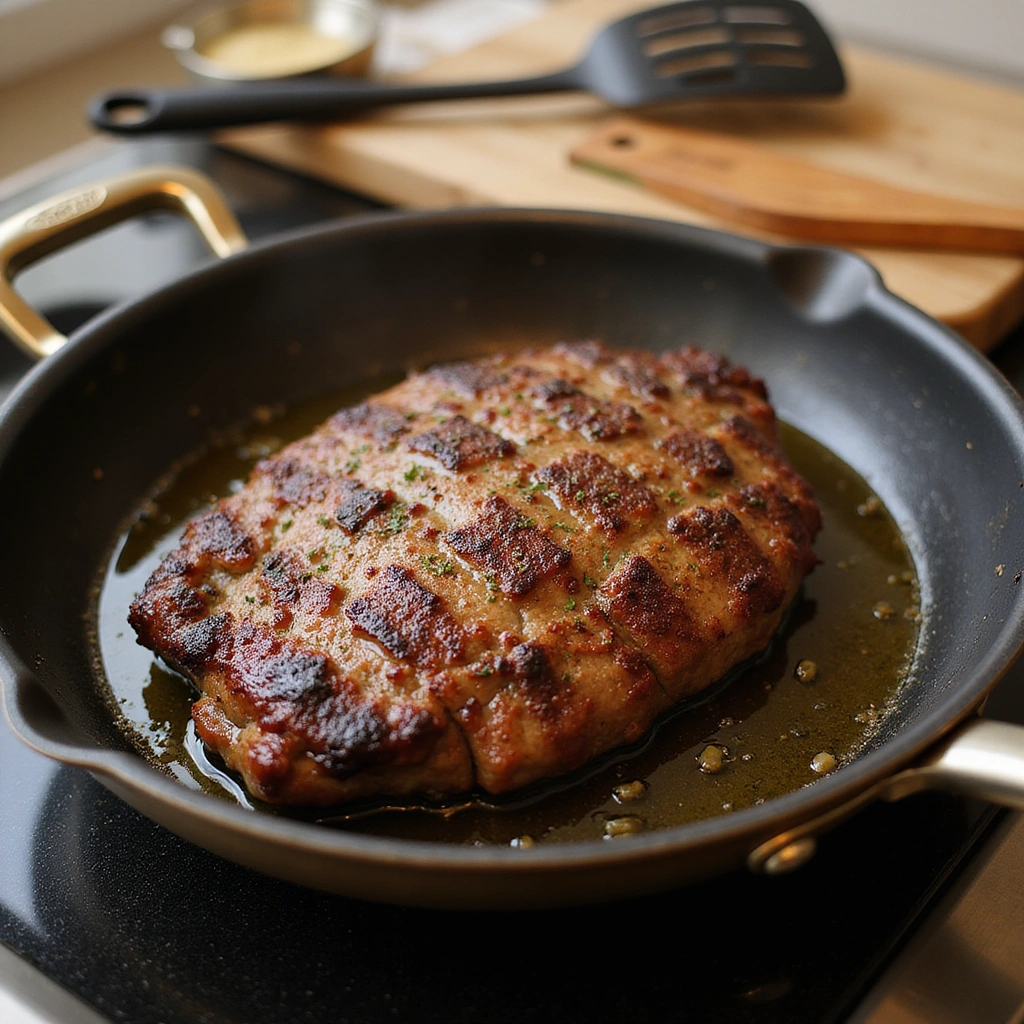
In a large skillet, heat the olive oil over medium-high heat until shimmering.
Add the brisket and sear it on all sides until browned, about 3-4 minutes per side.
Look for a deep golden crust to form, as this enhances the flavor significantly.
Once browned, carefully remove the brisket from the skillet and set it aside.
Step 5: Deglaze the Pan
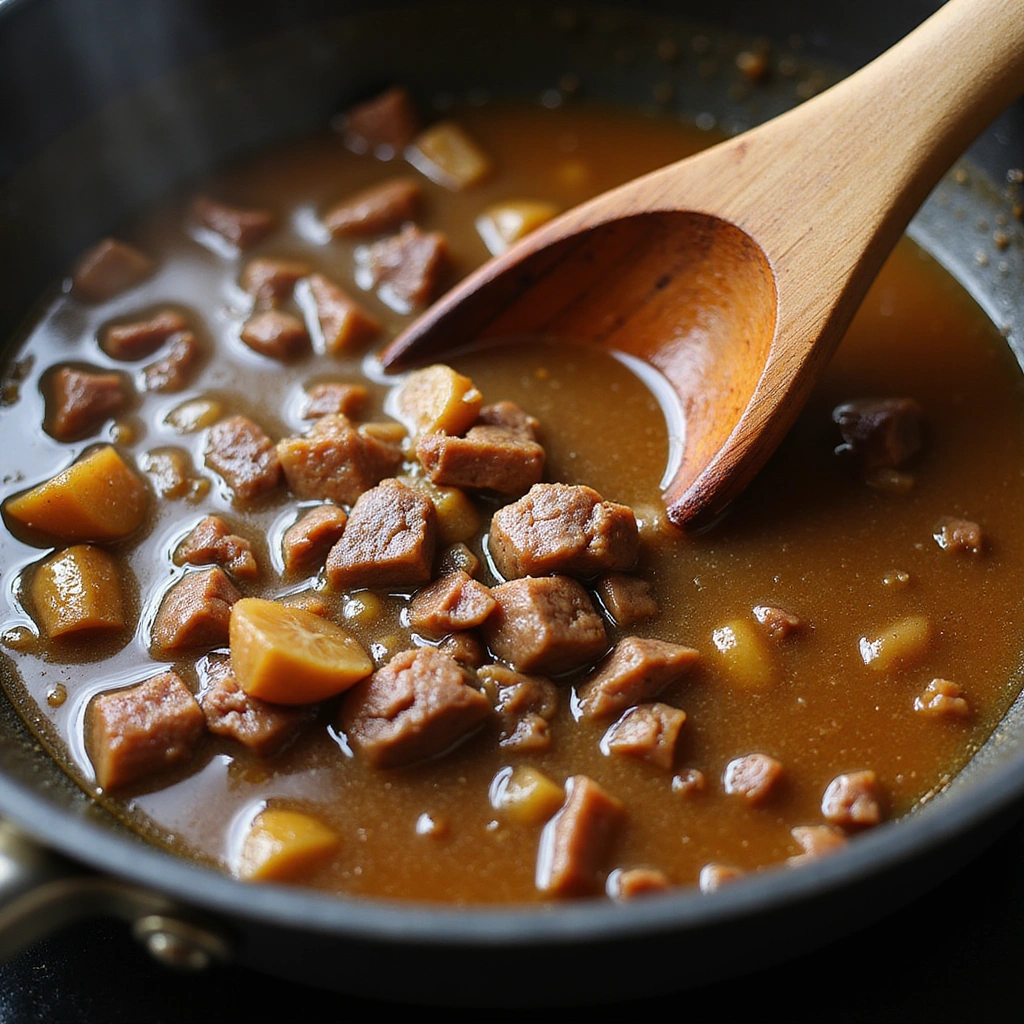
Using the same skillet, pour in a cup of beef broth to deglaze the pan.
Scrape the bottom of the pan with a wooden spoon to release any browned bits stuck to the surface.
This step is essential as it captures all the concentrated flavors from browning the meat.
Once deglazed, remove the skillet from heat and set it aside.
Step 6: Add Ingredients to the Slow Cooker
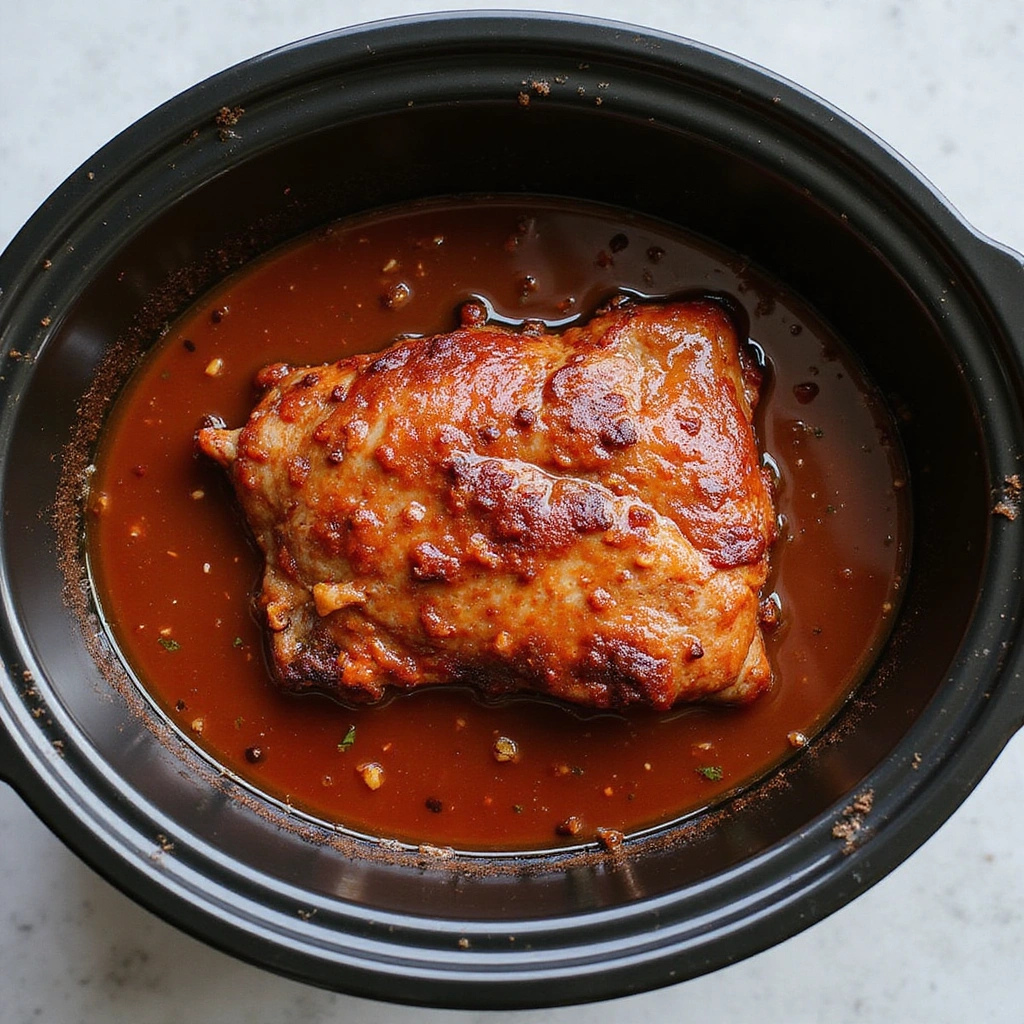
Place the browned brisket into the slow cooker, fat side up for optimal moisture retention.
Pour the deglazed broth over the brisket, ensuring it’s evenly covered.
Add your favorite BBQ sauce to the slow cooker, mixing it with the broth for a rich flavor base.
This combination will keep the brisket juicy and flavorful during cooking.
Step 7: Set the Slow Cooker
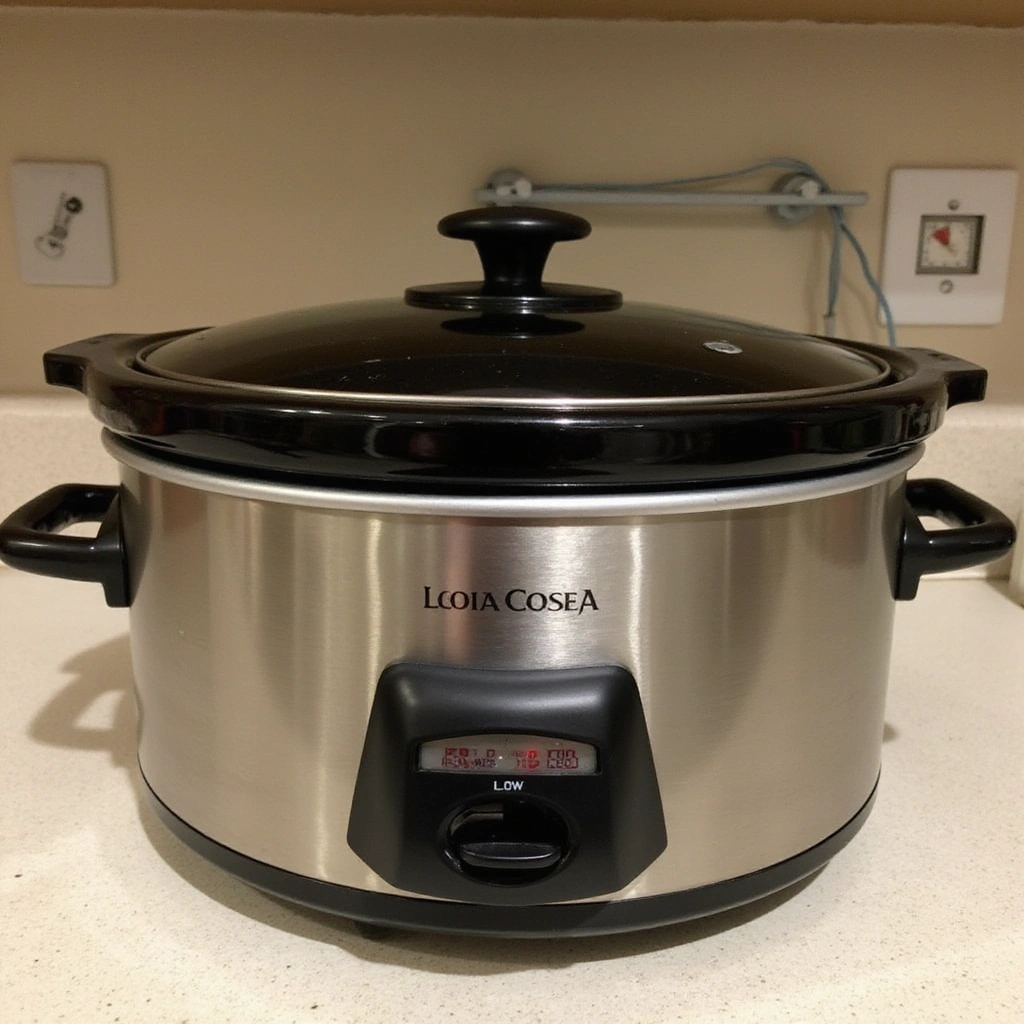
Cover the slow cooker with its lid and set it to cook on low for 8 hours.
Make sure the cooker is on a stable surface and not overcrowded.
Check occasionally to ensure the lid remains sealed for maximum moisture retention.
The brisket should become fork-tender by the end of the cooking time.
Step 8: Shred and Serve
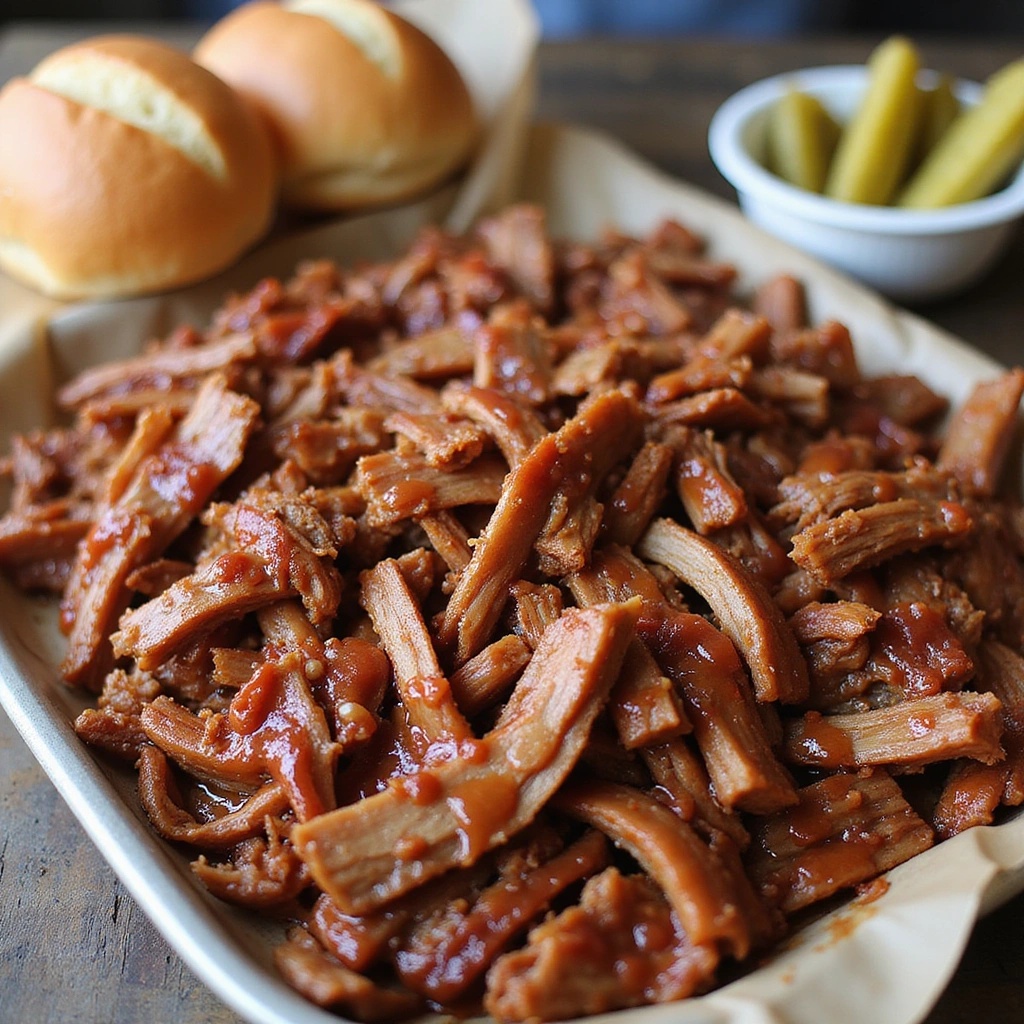
Once the cooking time is complete, carefully remove the brisket from the slow cooker and place it on a cutting board.
Use two forks to shred the brisket into bite-sized pieces, discarding any excess fat.
Return the shredded meat to the slow cooker and mix it with the remaining sauce for added flavor.
Serve warm on its own or on sandwich buns with extra BBQ sauce.
Critical Timing and Temperature Guide
Cooking Time: Cook the brisket on low for 8 hours, or until it reaches an internal temperature of 195°F for optimal tenderness. Look for the meat to pull apart easily with a fork.
Resting Time: Allow the brisket to rest for 20-30 minutes after cooking before shredding. This step helps retain moisture within the meat, ensuring a juicy final product.
Serving Temperature: Serve the brisket warm, ideally around 165°F, to enjoy the flavors at their best. Avoid letting it cool too much, which can dry it out.
Pro Tips for Slow Cooker BBQ Brisket Recipe That’s Tender And Smoky
• Ingredient Selection: Choose high-quality brisket with good marbling, as it imparts more flavor and tenderness during cooking.
• Preparation Secret: Letting the brisket sit with the rub overnight in the refrigerator significantly enhances the flavor.
• Temperature Management: Ensure the slow cooker is set to low and avoid lifting the lid during cooking, as this can let heat escape.
• Texture Enhancement: Shredding the brisket while it’s still warm helps maintain its juicy texture.
• Flavor Layering: Consider adding additional spices or a splash of apple cider vinegar to the sauce for a tangy kick.
• Make-Ahead Strategies: You can prep the brisket and apply the rub a day in advance, storing it in the fridge until ready to cook.
• Restaurant-Quality Finishing Touches: Serve the brisket with a drizzle of extra BBQ sauce and fresh herbs for a beautiful presentation.
• Equipment Optimization: Ensure your slow cooker has a good seal to maintain moisture throughout the cooking process.
Troubleshooting Common Issues
• Brisket Too Dry: This can happen if the brisket is overcooked or not enough liquid was used. Always check the internal temperature and ensure the slow cooker has enough liquid.
• Flavor Too Mild: If the flavors seem lacking, consider adding more spices to the rub or using a stronger BBQ sauce. Taste the sauce before adding to the brisket for adjustments.
• Meat Not Tender: If the brisket is tough, it likely needs more cooking time. A slow cooker is forgiving; leave it longer if needed.
• Too Much Fat: Make sure to trim excess fat before cooking. If it still seems too fatty, you can skim the fat from the sauce before serving.
• Brisket Stuck to the Bottom: Ensure there’s enough liquid in the slow cooker and avoid lifting the lid during cooking, which can cause temperature fluctuations.
Variations and Regional Differences
• Texas Style: In Texas, brisket is often seasoned with just salt and pepper, allowing the beef’s flavor to shine through. Smoking it for hours adds a unique depth.
• Kansas City Style: This version features a thicker, sweeter BBQ sauce, which is brushed on during the last hour of cooking for a sticky glaze.
• Southern Style: Often served with a vinegar-based sauce, Southern brisket emphasizes acidity and tanginess.
• Modern Interpretations: Some recipes adapt the classic by using alternative sweeteners like honey or maple syrup, catering to dietary preferences while maintaining bold flavors.
Food Science Behind the Recipe
• Collagen Breakdown: During the slow cooking process, the collagen in the brisket breaks down into gelatin, making the meat tender and juicy. This is why low and slow cooking is essential.
• Maillard Reaction: The browning of the brisket creates complex flavors due to the Maillard reaction, which occurs when proteins and sugars are exposed to heat.
• Flavor Infusion: The combination of the rub, cooking liquid, and the slow cooking method allows flavors to deeply penetrate the meat, enhancing the overall taste of the dish.
Frequently Asked Questions
What’s the most common mistake people make when preparing Slow Cooker BBQ Brisket? A common mistake is not trimming enough fat from the brisket, which can lead to overly greasy results. Always trim excess fat before cooking.
Can I prepare components of this dish in advance? Yes, you can prepare the rub and apply it to the brisket a day in advance, storing it in the fridge until ready to cook.
How do I adapt this recipe for dietary restrictions? For gluten-free needs, ensure your BBQ sauce is gluten-free. You can also substitute the beef with a plant-based brisket alternative for a vegan version.
What’s the best way to store and reheat leftovers? Store leftovers in an airtight container in the fridge for up to 3 days. Reheat gently in the microwave or on the stovetop with a splash of water to maintain moisture.
Can I freeze this dish? Yes, you can freeze the cooked brisket for up to 3 months. Thaw in the fridge overnight before reheating.
What wine or beverages pair best with this dish? A robust red wine like Zinfandel or a cold beer complements the smoky flavors of the brisket perfectly.
How can I scale this recipe up for a crowd? To scale up, simply multiply the ingredients by the number of servings desired, ensuring your slow cooker can accommodate the larger amount.
What side dishes complement this recipe best? Classic sides like coleslaw, cornbread, and baked beans pair wonderfully with BBQ brisket.
How do professional chefs elevate this dish for restaurant service? Chefs often use high-quality cuts of meat and make their own BBQ sauce, enhancing the dish with gourmet techniques like smoking or sous-vide cooking.
Serving and Presentation Guide
• Traditional Presentation: Serve the brisket on a large platter, garnished with fresh parsley or cilantro. Slice the brisket against the grain for tender pieces, and drizzle with additional BBQ sauce.
• Modern Plating Ideas: Consider serving the brisket in individual portions with sides arranged artistically on the plate. Use small bowls for sauces to add elegance.
• Accompaniment Suggestions: Pair the brisket with classic sides like creamy coleslaw, tangy pickles, and cornbread for a well-rounded meal.
• Special Occasion Presentation: For formal events, consider plating the brisket on a wood board and serve with artisanal rolls and vibrant side salads for a rustic yet elegant touch.
Conclusion
I hope you enjoy making this Slow Cooker BBQ Brisket recipe as much as I do.
The tender, smoky flavors are sure to impress your family and friends.
With just a few simple steps, you’ll create a dish that brings everyone together around the table.

